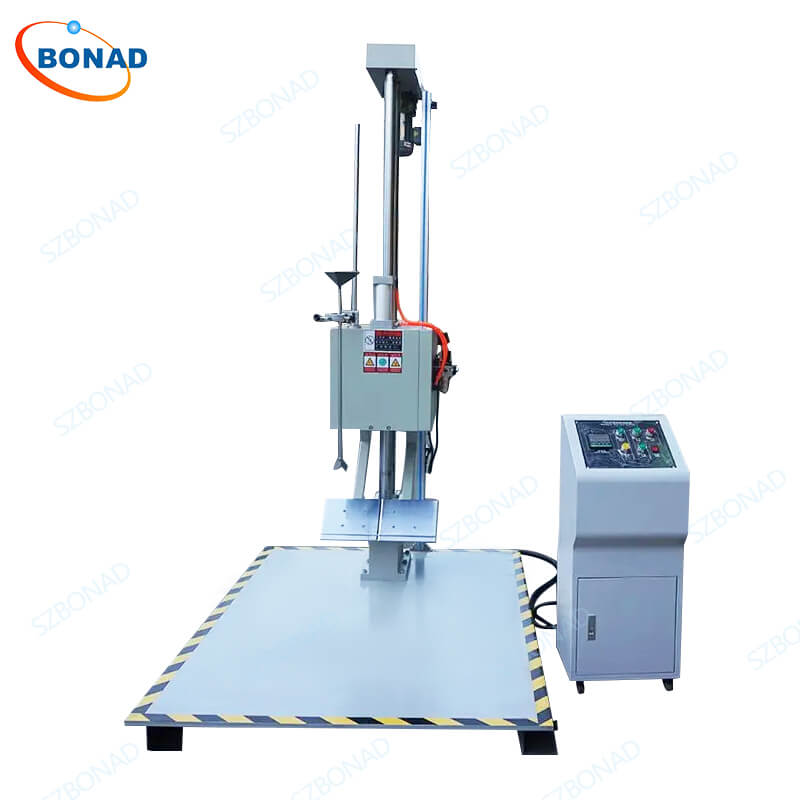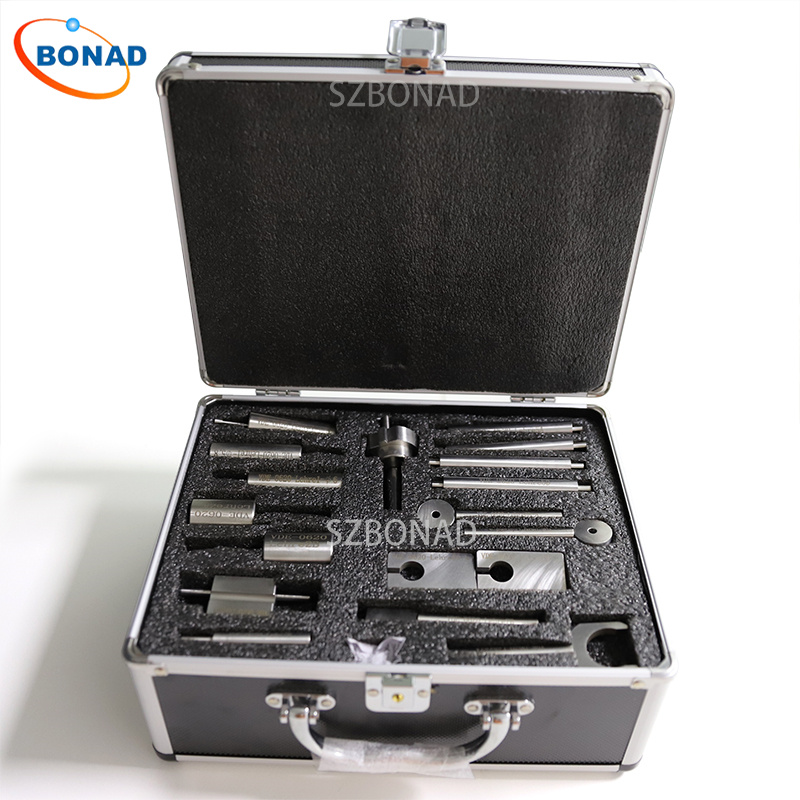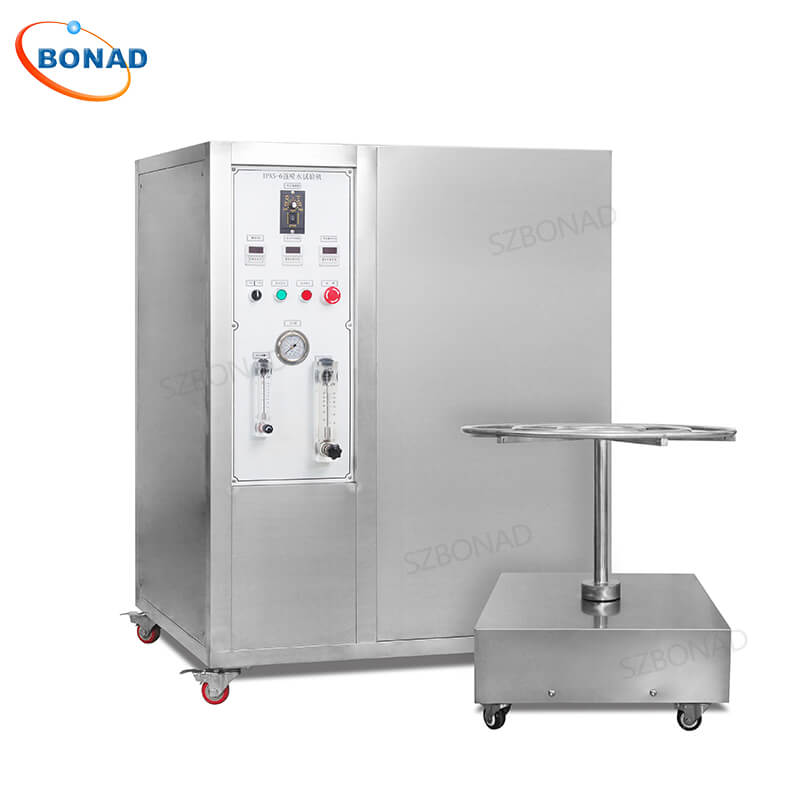In today’s global supply chain, products face numerous risks during transportation and handling. From accidental drops during loading to repeated impacts in transit, ensuring your packaging can withstand these challenges is critical. This is where drop testing (also known as dynamic impact testing or impact resistance testing) becomes essential. It simulates the effects of random drops and repeated impacts that occur during handling, shipping, and other usage conditions, helping manufacturers identify potential structural and mechanical flaws.
What is Drop Testing?
Drop testing is an accelerated test designed to uncover flaws that might not be evident in standard vibration tests. It evaluates the durability of product packaging, ultimately helping to identify potential warranty issues caused by inadequate packaging or improper handling instructions. Impacts are common across all transport modes—air, sea, rail, or road. Whether it’s parcels colliding on a conveyor belt or cargo shifting inside a vehicle, dynamic shocks are inevitable.
Key Drop Testing Standards and Procedures
Two of the most recognized standards in the industry are ISTA 3A and MIL-STD-810, Method 516.
ISTA 3A Test
The ISTA 3A standard is a dynamic test for individually packaged products shipped through parcel delivery systems. It applies to four common package types and specifies varying drop heights based on the product’s characteristics:
- Standard Products: Traditional boxes, crates, or cylindrical containers.
- Small Products: Items with a volume less than 13,000 cm³ and a weight under 4.5 kg.
- Flat Products: Packages where the shortest dimension is 200mm or less.
- Elongated Products: Items where the longest dimension is 900mm or more.
MIL-STD-810, Method 516
This military standard evaluates the effects of shock on material and equipment. It includes several procedures:
- Procedure I – Functional Shock: Ensures equipment remains operational during and after shock events.
- Procedure II – Transportation Shock: Simulates repeated impacts experienced in ground vehicle transport.
- Procedure IV – Transit Drop Test: Assesses the ability to withstand shocks during loading, unloading, and handling.
- Procedure VII – Pyrotechnic Shock: Simulates the intense shock of events like ejection launch or arrested landing.
BONAD ISTA Pneumatic Packaging Drop Tester: Your Solution for Compliance
To meet these rigorous testing standards, BONAD offers the advanced ISTA Pneumatic Packaging Drop Tester (Model: BND-PPDT). This machine is engineered to provide precise and reliable drop testing, ensuring your packaging design is both robust and rational.
Key Features of the BONAD Pneumatic Drop Tester:
- Comprehensive Standard Compliance: Strictly adheres to ISTA 1A, 2A, 3A, ISO 2248, ASTM D5276, ASTM D4619, IEC 60068-2-31, and JIS Z0202-1994.
- High-Speed Pneumatic System: Ensures accurate drop testing with a separation acceleration greater than 3G.
- Versatile Drop Capability: Easily performs face, edge, and corner drops from different heights.
- Enhanced Stability & Durability: Features hydraulic shock absorbers to stabilize tests, reduce noise, and extend machine life.
- Precision Control: Utilizes a ball screw transmission with encoders for precise height detection and an electric reset function.
- Safety First: Includes a self-locking screw lifting system and optional safety fences to prevent accidents.
- Customizable Setup: The bracket and base plate can be enlarged to accommodate larger test samples.
Applications and Benefits
The primary use of the pneumatic drop tester is to evaluate the impact resistance of packaging cartons under real-world transport conditions. By using this equipment, manufacturers can:
- Reduce product damage and associated warranty claims.
- Optimize packaging design for cost-efficiency and sustainability.
- Validate that packaging meets international distribution requirements.

Other Testing Equipment Capabilities
Beyond the ISTA pneumatic tester, BONAD provides equipment for other critical standards, including ASTM D5276 (full container drop), ASTM D5487 (shock machine simulation), and MIL-STD-202 (random drop test).
If you cannot find the specific test equipment you need, contact BONAD to learn how we can meet your unique drop testing requirements. Ensure your products are protected from the rigors of the journey with reliable, standards-compliant testing equipment from a trusted manufacturer.


